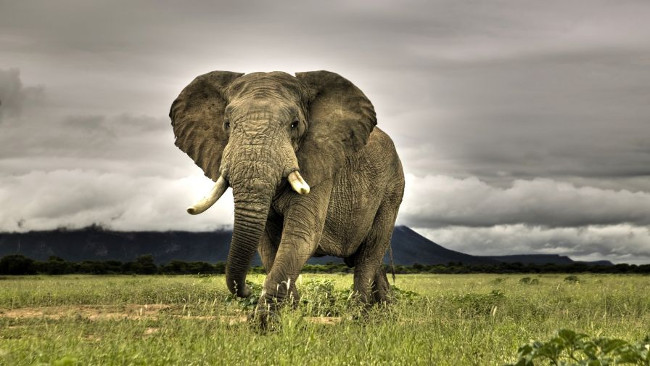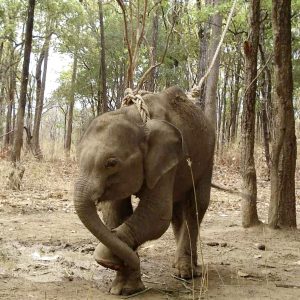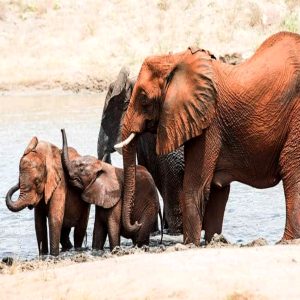We can easily see elephants in zoos, animal circuses. This is a giant animal that is loved by many people. But the largest mammal still living on earth possesses very interesting mysteries that not everyone knows such as: recognizing 600,000 smells, walking on the tips of its toes, being able to communicate with humans…

Elephants actually talk and communicate with each other using low-frequency sound waves. These sound waves are mostly below the human hearing spectrum.

Humans can only hear a small portion of the elephant’s communication system. Elephants have a mysterious temporal gland located between their eyes and ears. The stains we often see on elephants’ faces are caused by fluid from this gland. This gland remains a mystery to researchers.

There are different opinions about this mysterious elephant temporal gland. Some say it is related to stress in elephants. Others say it appears in elephants during their mating season.

Scientists have conducted many studies around this temporal gland and said that this is the link of a form of communication of elephants.

Perhaps the most special part of an elephant’s body is its trunk. An elephant’s trunk has 40,000 muscles and can detect up to 600,000 scents.

It takes a baby elephant up to 6 months to learn to use its trunk properly.

Elephants and humans can communicate with each other. This may sound unbelievable but it is true, elephants can analyze and understand the tone of voice of humans when talking to them.

Elephants can actually walk on their toes. Their toenails are hidden by the flesh of their feet, making them difficult to see.

Elephants have five toes but not all of them have toenails.

Elephants can predict rain from up to 250km away. Their large ears can hear low-frequency sounds of rain and thunder from a great distance. This helps them change their new habitat and move early to avoid storms.





